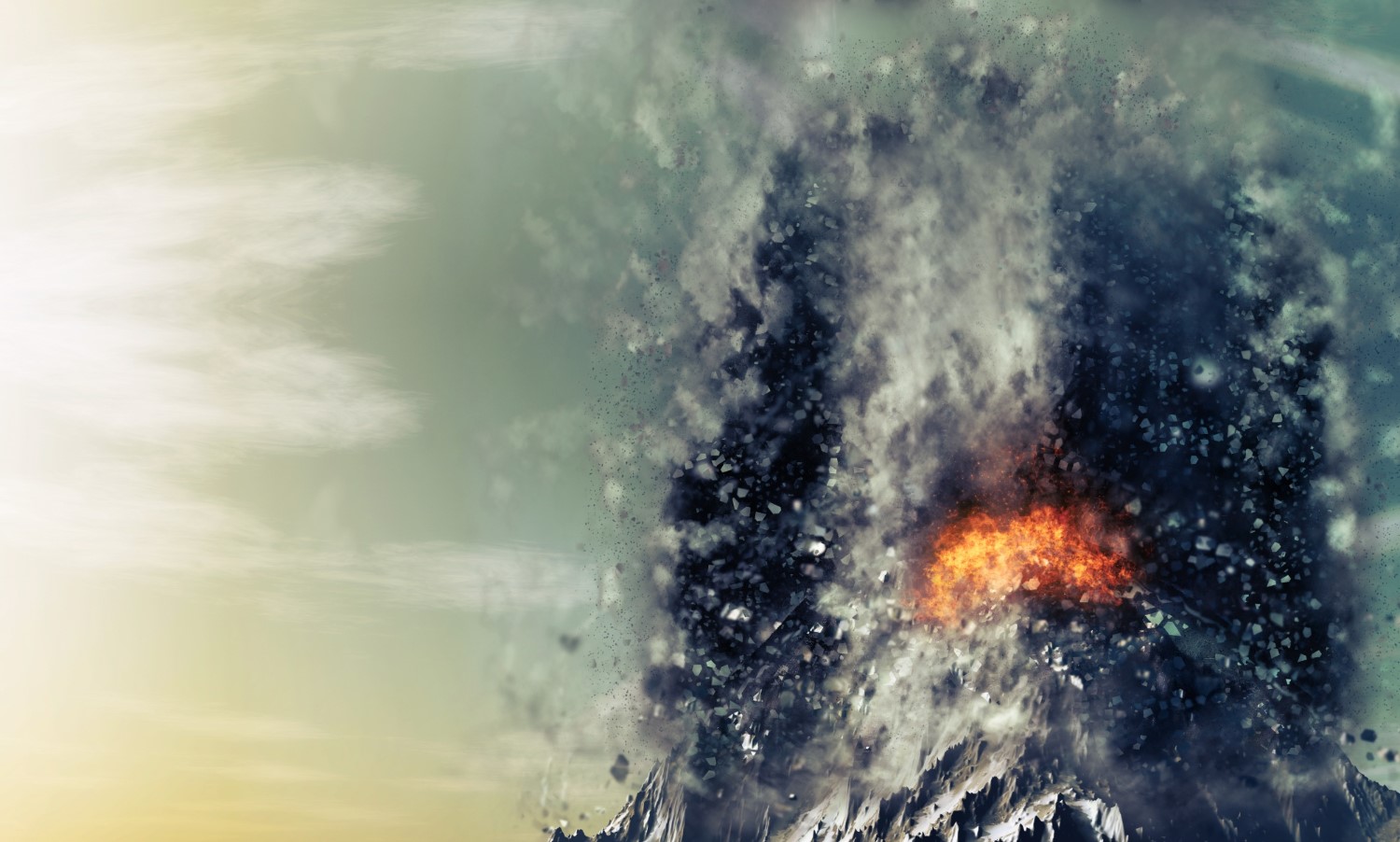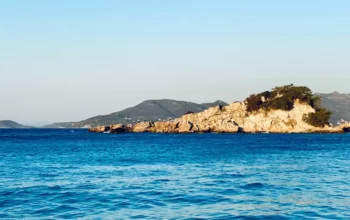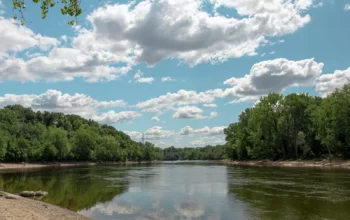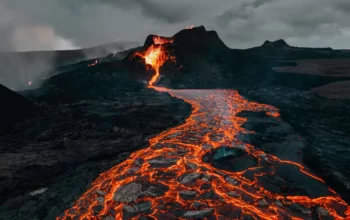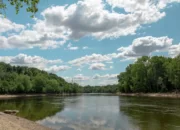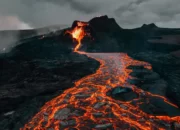middleportal.com – Subduction, a geological process where one tectonic plate moves beneath another, holds the key to understanding the captivating world of volcanic activity. This intriguing phenomenon occurs when the subducting plate carries water and other volatile materials deep into the Earth’s mantle, resulting in a mesmerizing chain of events that ultimately leads to volcanic eruptions.
As the subducting plate descends, the temperature and pressure steadily increase, causing the water and other volatiles to melt the surrounding mantle rock. This transformation gives birth to magma, a molten rock that boasts a lower density than the mantle it resides in. Naturally, this lighter magma rises to the surface, creating the majestic volcanoes that dot our planet’s landscape.
One cannot help but notice the correlation between the location of volcanoes and subduction zones. Take, for instance, the Pacific Ring of Fire—an area responsible for approximately 75% of the world’s volcanic eruptions. This fiery ring encircles the Pacific Ocean, where multiple tectonic plates undergo subduction. It’s an awe-inspiring reminder of the power and influence subduction holds over our planet.
A Step-by-Step Explanation of Subduction’s Role in Volcanic Activity
- A tectonic plate moves beneath another tectonic plate.
- The subducting plate carries water and other volatile materials deep into the Earth’s mantle.
- The temperature and pressure increase as the plate descends, causing the surrounding mantle rock to melt.
- The molten rock, known as magma, is less dense than the mantle and begins its ascent towards the surface.
- The magma breaches the crust and erupts, giving rise to a volcano.
While the subduction process is fascinating in itself, it’s important to note that several factors can influence the type and intensity of volcanic activity associated with subduction:
1. Composition of the Subducting Plate
Plates with a high concentration of silica, such as oceanic plates, produce more viscous magma. This type of magma is prone to explosive eruptions, adding an extra layer of excitement and danger to the volcanic spectacle.
2. Angle of Subduction
Steeper subduction angles generate a larger volume of magma, leading to more frequent eruptions. This factor greatly impacts the intensity and frequency of volcanic activity in subduction zones.
3. Presence of Fluids in the Subducting Plate
Fluids within the subducting plate play a crucial role in promoting magma formation. By lowering the melting point of mantle rock, these fluids facilitate the creation of magma, ultimately contributing to volcanic eruptions.
4. Thickness of the Crust
Thinner crusts pave the way for an easier journey for magma to reach the surface. This factor can influence the frequency and intensity of volcanic eruptions, as well as the type of volcanic products produced.
Subduction-related volcanoes produce a diverse range of eruptive products, including lava, ash, and gas. While lava flows can be destructive, they also have the power to shape new land and create fertile soil, offering a silver lining amidst the chaos. On the other hand, ash can travel vast distances, causing respiratory problems and damage to crops. Additionally, volcanic gases pose risks to both human health and the environment.
In conclusion, subduction is a complex geological process that intertwines with the captivating world of volcanic phenomena. By delving into the intricacies of subduction, we gain valuable insights that allow us to predict and mitigate the risks associated with volcanic eruptions. It’s a testament to the wonders of our planet and the importance of understanding the forces that shape it.

